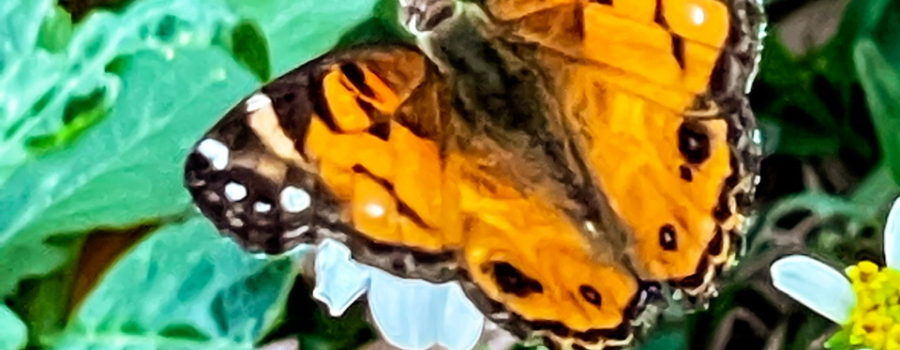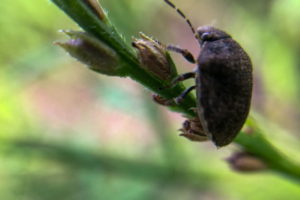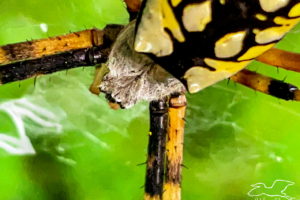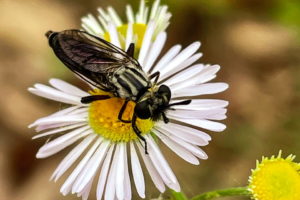The American Lady is a Beautiful Brush-Footed Butterfly

Earlier this spring, before we had our drought, this part of central Florida was inundated with some beautiful orange and black butterflies. They were at our office, all around my house, and around a lot of the plants in town, too. I had gotten some photos of them last summer (or so I thought!), but I just couldn’t resist getting some more. There are several good reasons to get more, anyhow. You never know when you may get “that one”, so it’s always worth trying, and no matter how long we’ve been doing this (and I am fairly new) there’s always room for improvement. And as they always say, “practice makes perfect”, so why turn down an opportunity to practice! As it turns out, I’m really glad that I took some shots, because they actually weren’t the same butterflies I shot last fall!

The two types of butterflies are closely related, but they are definitely not the same species. The ones I had photographed and taken videos of last fall I knew as orange brush footed butterflies. That was what I had always heard them called, which is not incorrect, but it’s just too general. The species of butterfly from last fall was a gulf fritillary whereas this spring’s butterfly was an American lady. Both are considered orange brush foots and are members of the same family! When I compared my photos, it was easy to see the difference, but with months of time and lots of images in between the two were easily confused (at least in my mind!). From this experience I have learned two things. First, it’s important to research my subjects, even if I think I know a lot about them, and second, when given the chance, take more photos!

It turns out that the gulf fritillary and the American lady are not the only orange brush-footed butterflies that we have around here, either. The painted lady also looks very much like the American lady (and to add to the confusion, the American lady is sometimes called the American painted lady!). The easiest way to tell the difference between the two ladies is by the eyespots on the undersides of the hind wing. The American lady has two large eyespots, while the painted lady has four smaller eyespots. If you can look even more closely, you will also find that the American lady has a small white spot in the orange patch on the underside of the wings, while the painted lady has no white spot.

Even though the gulf fritillary and the American lady look similar, they are enough different to easily tell apart (if you know that they’re not the same butterfly!), but they can also frequently be told apart based on the time of year that they are around. Down here in Florida we usually see the most American and painted ladies in the spring. They can’t tolerate the cold northern winters so they tend to migrate south in the fall and back north in the spring. The gulf fritillary, on the other hand is more common in Florida in the fall. It also doesn’t live in the northern states or Canada at all. It is important to note, though, that a few of either can be around all year long here in central Florida (just to keep things confusing!).

If you live in Florida or you decide to come for a visit, enjoy our gorgeous orange and black butterflies and just keep in mind that even though they look a lot alike, they may not be. If you’re coming from further north in the United States or from Canada, you may already recognize the American lady and the painted lady, but you may not be familiar with the gulf fritillary. If you’re not sure what you have, take plenty of pictures. If you’re keeping a life list, you may be glad you did!






Recent Comments